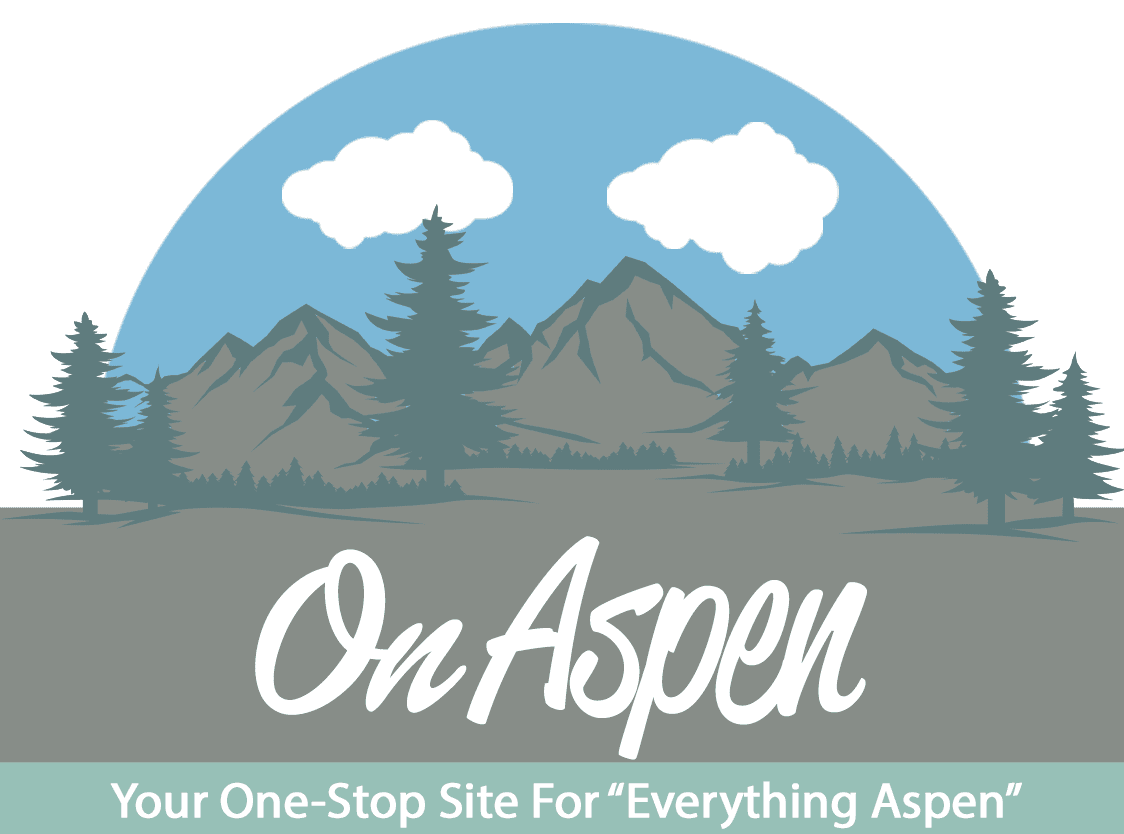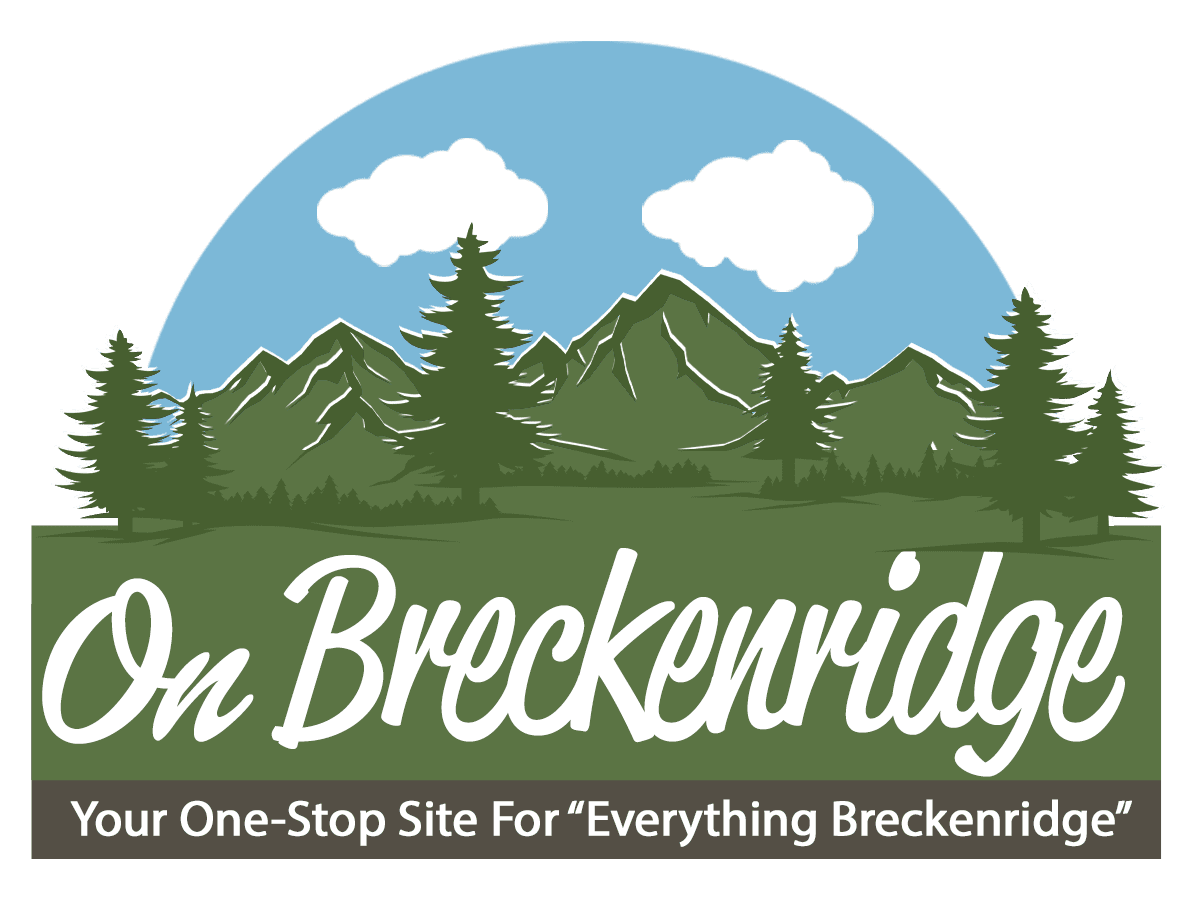What Your Food Cravings May Be Telling You

We all have our favorite foods that we just can’t seem to live without, but what if our desire to eat certain foods is our body crying out for a specific nutrient? Food cravings can be described as a mild malnutrition, certainly not with the consequences as scurvy or other diseases related to chronic deprivation. Many who don’t eat enough whole foods or too many processed foods, suffer from a milder malnutrition that suggests nutrient deficiency. Below is a little chart that shows some of the common cravings associated with nutrient deficiency.
| Craving | Deficiency | Eat this…. |
| Chocolate | Magnesium | Nuts, seeds, legumes, fruit |
| Sweets | Chromium | Broccoli, grapes, cheese, beans, chicken |
| Soda | Calcium | Kale, broccoli, mustard greens, cheese |
| Bread | Nitrogen | Fish, meat, nuts, beans |
| Fatty foods | Calcium | Kale, broccoli, mustard greens, cheese |
Interestingly, if you crave fluids over solids OR solids over fluids, you may be dehydrated. A disdain for liquids is a symptom of chronic dehydration. Other symptoms of chronic dehydration include fatigue, digestive or stomach issues, elevated cholesterol and even overweight or obesity. We may overeat because we crave foods rich in water. As we age, we often confuse thirst for hunger, increasing the likelihood of weight gain. The percentage of water in our body declines naturally as we age, making premature aging likely for adults over 50 who are chronically dehydrated.
So, who is at risk of chronic dehydration? Older adults, those who skip meals, athletes, those experiencing chronic stress, and those who sweat excessively. Conditions such as Crohn’s disease, Irritable Bowel Syndrome or other conditions that involve chronic diarrhea may put you at higher risk for chronic dehydration. If you are pregnant, have an eating disorder or an illness that causes chronic vomiting, you may also be at risk.
With the arrival of fall it’s important to remember that dehydration is not a hot weather problem. Particularly at elevations of 8200 feet or greater, the risk of dehydration increases. Make sure you drink plenty of fluid daily, and particularly when you are physically active. Ideally, you should drink unsweetened, non-caffeinated fluids before, during, and after physical activity. Adequate fluid intake is just as important as good nutrition for good health and long life.










